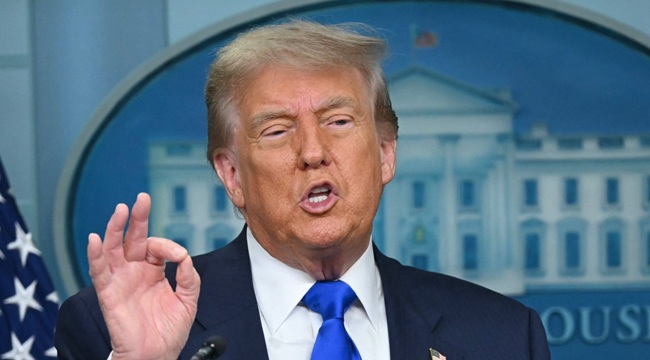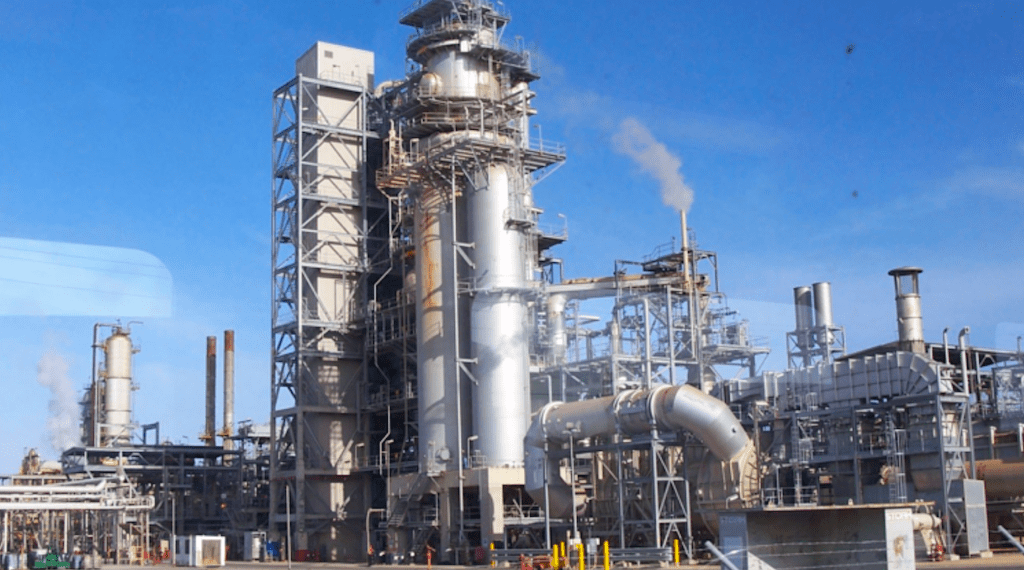US Job Market Defies Forecasts with Strong June Growth Despite Tariff Concerns
The United States labor market showed unexpected resilience in June, adding 147,000 jobs beating forecasts and easing fears sparked by trade tensions and policy uncertainty.
According to fresh data from the Department of Labor released on Thursday, June’s job additions surpassed May’s revised figure of 144,000. The national unemployment rate dipped slightly from 4.2% to 4.1%, signaling continued strength in hiring.
Despite ongoing concerns about the impact of former President Donald Trump’s aggressive tariff policies particularly targeting steel, aluminum, and automobile imports the U.S. economy has maintained momentum. Consumer spending remains steady, underpinned by a generally healthy labor market.
However, the report also noted a slowdown in wage growth. Average hourly earnings rose just 0.2% in June, down from a 0.4% increase in May. On a year-over-year basis, wages were up by 3.7%, a modest cooling from the previous month’s figures.
Public sector hiring contributed to the June gains, with state governments and the healthcare sector adding workers. In contrast, the federal government cut 7,000 jobs, bringing total federal job losses to 69,000 since January’s recent peak.
The stronger-than-expected figures contrast sharply with Wednesday’s ADP private payroll report, which surprised analysts by showing job losses in the private sector. Though discrepancies between ADP and government data are common, analysts view both as important indicators of long-term labor market trends.
ADP’s data suggested employers remain cautious about hiring, even though layoffs remain relatively low a sentiment possibly driven by uncertainty surrounding tariff policies and their economic impact.
With another round of potential tariff hikes on the horizon, economists are watching closely for signs of strain. For now, though, the job market’s stability could allow the Federal Reserve to keep interest rates steady as it monitors the broader economic outlook.
If employment were to decline sharply, the central bank might consider lowering rates to stimulate growth especially if inflation fails to cool as quickly as expected.





